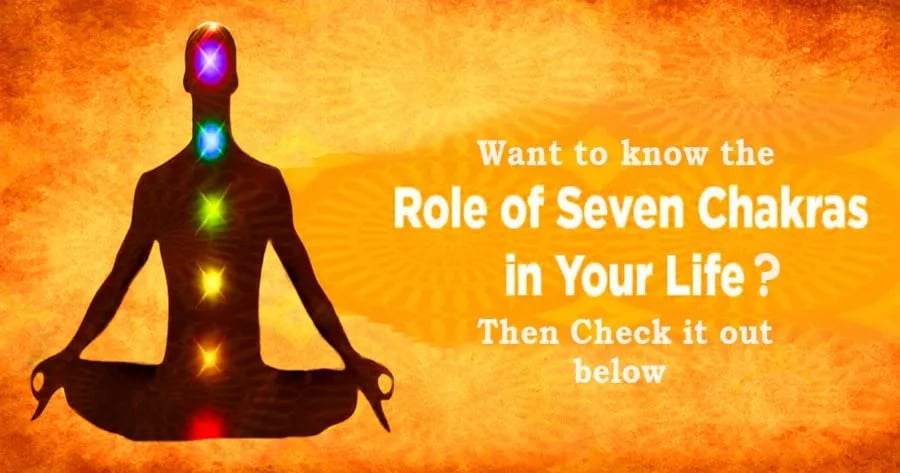
Base or Root Chakra Muladhara
Sacral Chakra Svadhistana
Manipura Chakra or Navel Centre
The word Manipura is coined by two Sanskrit words: mani= jewel & pura= place.
After we have raised through the levels of unconscious and subconscious the Muldharaa Chakra and the Svadishthana Chakra our consciousness reaches the third level, the Manipura Chakra. This chakra signifies many precious jewels such as the qualities of clarity, self-confidence, bliss, self-assurance, knowledge, wisdom and the ability to make correct decisions. It is symbolized by a Lotus with 10 petals. Lord Vishnu and Goddess Lakshmi are the masters of this chakra and the corresponding mantra is RAM.
Anahata Chakra or Heart Centre
Anahata Nada = unlimited, infinite sound = the eternal sound of OM.
This one of the most beautiful chakras is present in the core of the heart, which makes it the seat of love. It is one of the most complex chakras associated with delightful experiences and feelings. It is the place where divine Atma is placed. It is usually associated with divine feelings of bliss, forgiveness, compassion, kindness, love etc. It is represented by a lotus with 12 petals. Lord Shiva and Goddess Parvati are the masters of this chakra and the corresponding mantra is YAM.
Vishuddhi Chakra or Throat Centre
The word Muladhara is coined by two Sanskrit words: visha = impurity, poison & shuddhi = purify.
The Vishuddhi Chakra is located in the vicinity of the Larynx and is therefore also known as the Throat Chakra. It is a centre of physical and spiritual purification. All pleasant or unpleasant experiences associated with our subconscious mind are stored in this chakra.
It is represented by a lotus with 16 petals. Lord Brahma are the masters of this chakra and the corresponding mantra is HAM.
Agya Chakra or Eyebrow Centre.
Agya is a Sanskrit word that denotes command, knowledge.
The agya chakra is present in the middle of the forehead i.e in between the eyebrows. It is also signified as the third eye. It is the chakra that denotes clarity and wisdom. It is the meeting point of the moon, sun and central Nadi. When energies from these nadis are combined here, it is attaining of supreme consciousness or samadhi. It is represented by a lotus with 2 petals. Lord Shiva is the master of this chakra and the corresponding mantra is OM.
Sahasrara Chakra or Crown Centre
Sahasrara simply means thousand or infinite. It is a chakra that radiates like Sun and is the significance of Supreme Consciousness. Control over this chakra leads to liberation from the cycle of life and death i.e it is the gateway to Moksha.
It is represented by a lotus with thousand petals. Lord Shiva in supreme form is the master of this chakra and the corresponding mantra is OM.

